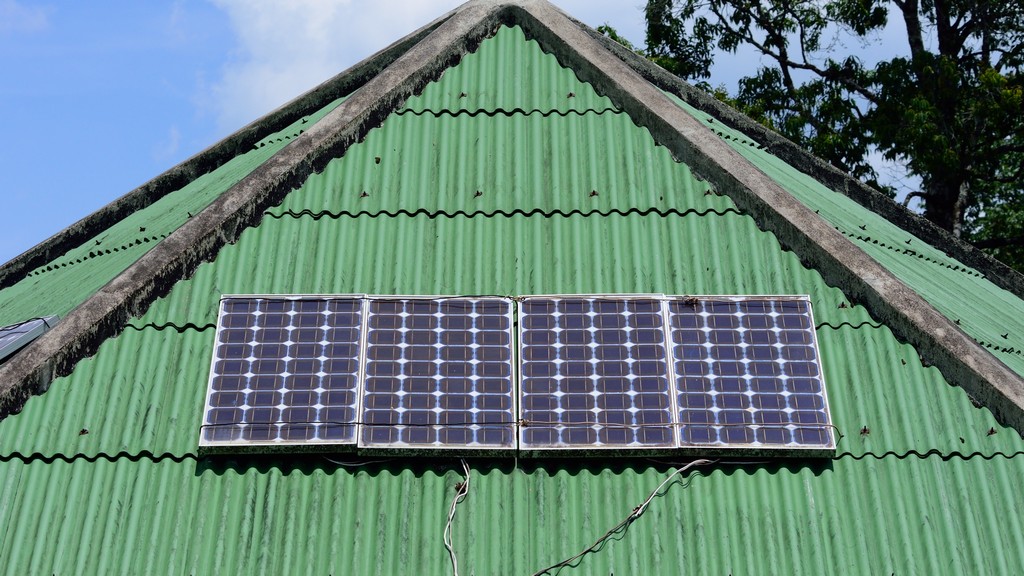Meralco asks solar rooftop users to pay their share of grid costs
- November 2, 2016
- 0

The Manila Electric Co. (Meralco) is pushing for solar developers under its net metering rules to pay for the use of the power utility’s electricity distribution network similar to payments made by other generation companies.
During a Senate hearing, Meralco first vice-president and head of regulatory management Ivanna Dela Peña said there are users “behind-the-meter” installations like solar rooftops who do not pay their share of grid costs and public policy charges like universal charges, feed-in-tariff allowance and lifeline subsidies.
However, Dela Peña did not mention the total amount avoided by the “free-riders” in Meralco’s network.
The distribution utility has the largest number of participants under the net metering scheme, which allows consumers with renewable energy facilities to sell their excess output to the grid.
According to the figures by the Energy Regulatory Commission, as of May this year, there were 473 cus
tomers under the program
with a total capacity of 2, 955 kilowatts. 92 percent, or 2, 735 kW come from Meralco.
Dela Peña said customers with solar photovoltaic (PV) installations do not pay grid-related costs even as they rely on the facilities of Meralco and the National Grid Corp. of the Philippines (NGCP).
Exempting embedded eligible RE plants from paying fees would mean capital and operating costs incurred by Meralco will be shouldered by customers. Distribution rates will increase, she said.
She added that distribution utilities incur additional costs to accommodate embedded generation companies, or those directly connected to utilities’ network, which include renewable energy-based units. These costs cover infrastructure improvement and upgrades to the distribution system, operation and maintenance and increasing load volatility.
She added that current FIT targets are equivalent to paying P800 billion to select developers and the proposed renewable portfolio standard (RPS) might translate to P322 billion in higher generation charges.
The previous administration’s energy mix policy also meant an incurrence of P890 billion in additional costs.
“On top of these, additional costs will be incurred for needed ancillary services and transmission/distribution system support,” Dela Peña said.